
- Share via
Open houses can be a fun, casual way to dip your toes into the home-buying process.
But not in Southern California, where the market is so cutthroat that buyers routinely describe the open house as a battlefield or a high-pressure round of speed dating — with your competitors ready to bend over backward for a same-day “I do.”
In January, half of the homes sold in Southern California stayed on the market for 11 or fewer days, compared with 19 days nationally, Realtor surveys show.
You may be touring homes with dozens of people you’ll be bidding against, gathering vital information for one of the biggest investments you’ll ever make.
In today’s market, there are multiple ways to tour an open house. Online tours became commonly available after the pandemic temporarily shut down in-person viewings, and 3-D video can give you an idea of a space. In-person tours generally give you the best idea of a place, but plenty of people quickly adapted to virtual tours.
Most people don’t buy a home with a 20% down payment. Here’s how you can put down less and get more help with down payment and closing costs.
“I actually enjoyed house-hunting digitally during the pandemic. I hated open houses, anyway,” said successful home shopper Kaitlynne Sanfilippo, who felt pressured by sellers’ agents when she toured homes in person.
How to narrow it down
First off, get into the HGTV “House Hunters” mind-set and make a wish list. Here are the four main things you should specify at this stage:
- Neighborhood — Keep your options open as you read the listings’ descriptions, particularly in the beginning. “Popular” translates into expensive. “Near the action” might mean noisy. “Quiet” might mean boring. Check out safety (crimemapping.com shows recent incidents in an area you select), how easy it is to get around (walkscore.com gives walk, bike and transit scores for any address), and how long your commute will be (a map app, duh).
- Price range — That will be affected by your down payment and how big a mortgage you can afford.
- Minimum square footage — More isn’t always better, for your budget and your carbon footprint.
- Minimum bedroom count — Think about spaces that can do double duty; we hear the nur-fice (nursery-office) is all the rage.
How to find an open house
Once you have an answer for all the above, finding open houses to tour is simple. Your agent will have candidates, but if you want to find some yourself, here’s the DIY approach.
Almost every real estate site has a “Save search” function. For this example, we’ll use Redfin.
What does it really take to buy a house in Southern California? A Long Beach couple share their story, from strategic job moves to Realtor regrets.
Go to Redfin.com and type in the neighborhood you’re eyeing. At the top of the screen, type in your desired price range, square footage and number of bedrooms — as well as any additional needs such as home type, number of bathrooms, garage and pool. Then click the “Save Search” button at the top right of the map, and Redfin will email you whenever a home that meets your criteria hits the market.
If that’s too much trouble, we already did the work for you: Just click this link. It will show you every single property in L.A. County with an open house coming up. To narrow it down by neighborhood, just type an area into the search bar and it will show you just homes in that community with an open house scheduled.
What if I can’t make it?
In dozens of interviews with Southern California home buyers, many complained about the rapid nature of open houses. In the current competitive market, sellers might hold only a single open house and expect you to make it — midday, midweek, despite work, family and other responsibilities you have.
It’s a tough situation. If you’re unable to attend an open house, you have three options:
1. Request a private tour during a time that works best for you. You may have to prove that you’re a serious buyer in order to land a personal showing, but if possible, it’s a great way to score more time in the home — and more face time with the agent selling it.
2. Send a proxy. If you’re busy, send your agent, who should be more than happy to tour on your behalf and video call you during the process so you can see the home. If your agent can’t make it, either get a better agent or send a friend. Have your proxy record video (get on-camera permission to record) and take notes, using our checklist for guidance.
3. Make an offer sight unseen. It’s risky, but in a market in which homes are selling for more than the asking price days after hitting the market, it happens more often than you might think. In Los Angeles, there will always be another home on the market, but if you’re dead set on a certain one, know that you wouldn’t be the only person who has bought a home without touring it first.
How to tour an open house
A simple checklist for open houses to make sure you don’t miss a thing in your search for a new home.
Despite the chaos brought by pandemic restrictions, open houses are a blast. It’s voyeurism at its most innocent, a chance to peer into the life of a stranger on a Sunday afternoon. Some have snacks. (On that note, The Times wrote a guide last year on how to spend your weekend touring mega-mansions. A perk of living in Southern California is the ability to tour a $50-million estate on a whim, so you might as well take advantage.)
Let’s assume you’re looking at price tags with fewer zeroes at the end. Open houses are a crucial step in the home-buying process; they offer you the chance to gather vital information about the property that’s not available online, as well as an opportunity to set yourself apart from the rest of the buyer pool.
Here are a few tips.
Dress (somewhat) well
An open house isn’t a black-tie affair, but in a market as competitive as Southern California, this might be your only chance to make a good impression. It might be hard to look like a serious buyer when you’re wearing gym shorts and sandals.
Some people might not care. But you might as well not risk it.
Leave the kids at home
The Times has talked to hundreds of real estate agents over the years, and kids are one of their main pet peeves at house showings. When asked about open-house horror stories, more than a few have told tales of kids jumping on beds with dirty shoes while parents were in the other room.
Hiring a sitter for a mere open house may seem like a stretch, but following etiquette may help your offer get accepted over others.
Don’t annoy the host
Although it’s your right and your responsibility to tour every room in the house, ask permission first. Compass agent Brent Chang recalled a potential buyer who snuck into the bathroom without asking and stayed in there for 30 minutes.
“She finally came out and said, ‘Bad sushi for lunch,’ while rubbing her stomach,” Chang said.
He also advised not coming off as a high-maintenance buyer — someone who demands too much from the listing agent or whose behavior hints at a difficult escrow process.
He once hosted three open houses for a property he listed, and one buyer came to all three: first with her husband, then with her family, then with her friends. She took a measuring stick to every nook and cranny and monopolized his time by asking an abundance of questions.
Southern California home buyers talk about how they made it through — or around — the flurry of ever-higher bids.
“It’s OK to show you’re interested, but try not to be the center of attention or bombard the listing agent with questions,” Chang said.
Play your cards close to the chest
Anything you say in an open house can and will be used against you, so try to avoid talking to the seller’s agent all alone without your agent there.
“I saw one couple walk into an open house and ask how safe the area was,” said Heather Presha, an agent with Keller Williams Realty. “The seller doesn’t want to sell to people who think their neighborhood isn’t safe.”
Another way to blow it is by letting the seller know too much about your situation. For example, if you tell them that you already sold your last place and need to find something as soon as possible, their agent will use that information to negotiate harder when you start talking money because they know you’re desperate.
That said, it never hurts to make a connection with someone. If you’re both Midwest transplants, try to bond over it. If you love their houseplants, let them know. If your offer is equal to another, they might choose you since you made a connection.
Just try not to give away any information that might be compromising in the negotiation process. L.A. real estate agents are very, very good at what they do. Don’t give them ammunition against you for no reason.
Questions to ask at an open house
We’ve made it clear what you shouldn’t say. But what should you say? Chances are, if you’re eyeing a home that seems like a good deal, dozens of other people are as well. You might get only a few minutes to walk through a home and even less to speak with the agent (or the seller — though usually the seller won’t be present), so here are the main questions worth asking.
The Great SoCal House Hunt
Why are you selling?
This is a must. Although the seller probably won’t let it slip that the area feels more dangerous lately, or that the neighbor’s dogs bark all night long, any answer at all can help you craft a better offer.
“Knowing a seller’s motivation is huge in order to structure an offer that’s more appealing,” Presha said.
Plus, getting some face time with the seller’s agent is always a good thing.
“Maybe they’ll tell you they’re moving back to Alabama to take care of their mom, and maybe you went to the University of Alabama and have a connection,” Presha said. “Try to find commonality.”
Have you received any offers yet?
It’s vital to gauge the interest in a home so you know how quickly to act. If they already have a few offers in hand, and the agent hints that they’re over the asking price, then you can decide between writing a serious offer or walking away without getting too attached.
Are there any structural issues?
California law states that sellers must disclose structural damage or code violations on the property. Real estate agents aren’t going to flaunt that on the listing, however, so it’s best to ask upfront to see whether the place is a project or is move-in ready.
Five homebuyers tell us how they chose which neighborhood to commit to in Greater Los Angeles — no small feat.
What’s included with the sale?
Sellers typically include kitchen appliances such as refrigerators, ovens and dishwashers — but not always. If you’re renting at the moment, it’s very likely that you don’t own your kitchen appliances, and they can be costly to buy and a headache to install.
Plus if you like the furniture, you can try to include that in the sale price. Buying the furniture along with the house is extremely common; Chang estimates that 70% of his home sales include at least some of the furniture because the pandemic has made supply extremely scarce.
Red flags
Bizarre layouts. In the age of DIY remodels, you might come across a floor plan that’s been completely botched or an addition that just doesn’t make sense.
“A lot of the homes we looked at had terrible additions built on to them. For example, a home would have one bedroom that led to another bedroom that led to the garage,” said Danielle Oldfield, who bought her first home last summer.
Quick flips. There’s much money to be made in flipping homes, and some developers use it like a get-rich-quick scheme. A few coats of paint, new appliances and some drywall do not legitimize a $250,000 price increase. If the house has been flipped, make sure the price jump is justified.
Forbidden rooms. Every once in a while, you’ll come across an open house where you’re not allowed to check every room. As a buyer, it’s absolutely within your rights to tour every space. If a room is off-limits, assume the worst. Maybe it’s filled with water. Maybe there’s a tiger. Either way, run.
Foundation cracks. The inspector will check the foundation for you, but if you can spy any problems during the open house, you can save yourself the hassle and not bother making an offer. Take a quick peek at any concrete or brick walls to see if there are cracks, and also check the areas around doors and windows. Another warning sign is if doors jam or fail to latch.
Water stains. This is another one the inspector will check, but it’s worth keeping an eye on during the tour. Be on the lookout for discoloration in the ceilings, and also check around the sinks, toilets and bathtubs.
“Buyer interest” letters are common in ultra-competitive housing markets like California’s, even though they raise questions of discrimination.
Mold. Any good seller should make sure to eradicate the visible signs of mold before opening a house for tours, but not all of them do. If your allergies start acting up or there’s a musty smell in any room, that’s a tell-tale sign of mold. Also check the bathroom tiles, the area around the water heater and the corners of rooms.
Fresh paint. A newly painted home is nothing to worry about, but be wary of houses where only one or two rooms have a fresh coat.
“They might be trying to cover something up, like leaks or cracks in the foundation,” Chang said.
Too many air fresheners. A single candle can be a nice touch, but if there’s a fog of Febreze in every room, they’re probably covering up a nasty odor — one that you won’t want to deal with if you choose to buy.
A super low price. If it seems too good to be true, it probably is. When a price tag is significantly below comparable properties in the area, assume one of two things: Either there’s something significantly wrong with the home, or the seller is intentionally setting a low price to force a bidding war. In this market, it’s not uncommon for a $750,000 listing to soar to more than $1 million when sold.
A house that’s been put back on the market. There are plenty of reasons for a home in escrow to be listed again, but if a deal was nearly done and fell through, you should find out why. The inspector may have found significant problems, or the seller might’ve been making unreasonable demands for waiving contingencies. Finding out before offering saves both time and money.
The easiest way to check this is looking under the “Price History” tab on the online listing. If it says “Contingent” or “Pending” and now it’s back on the market, something went wrong.
Step-by-Step Guide
More to Read
Inside the business of entertainment
The Wide Shot brings you news, analysis and insights on everything from streaming wars to production — and what it all means for the future.
You may occasionally receive promotional content from the Los Angeles Times.
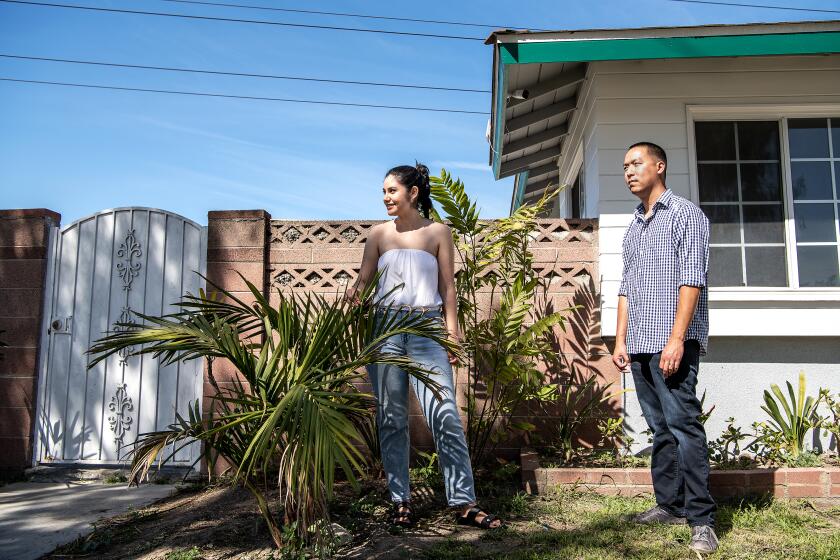
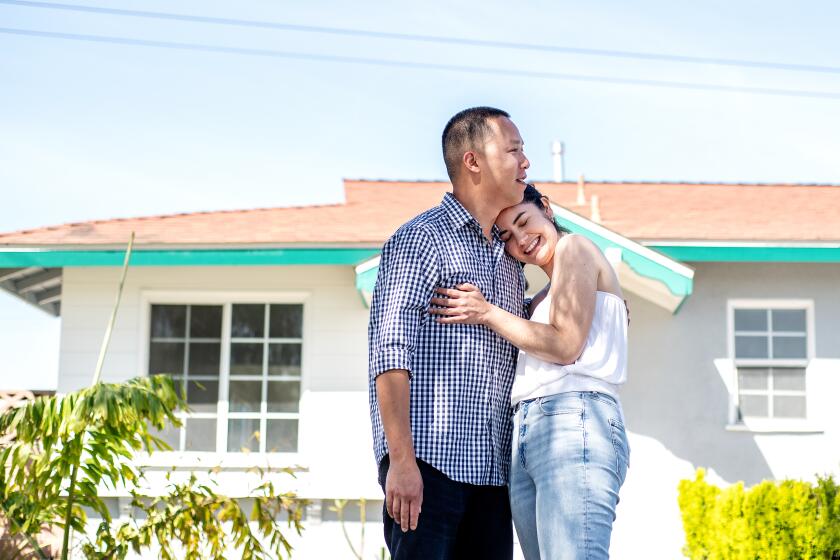
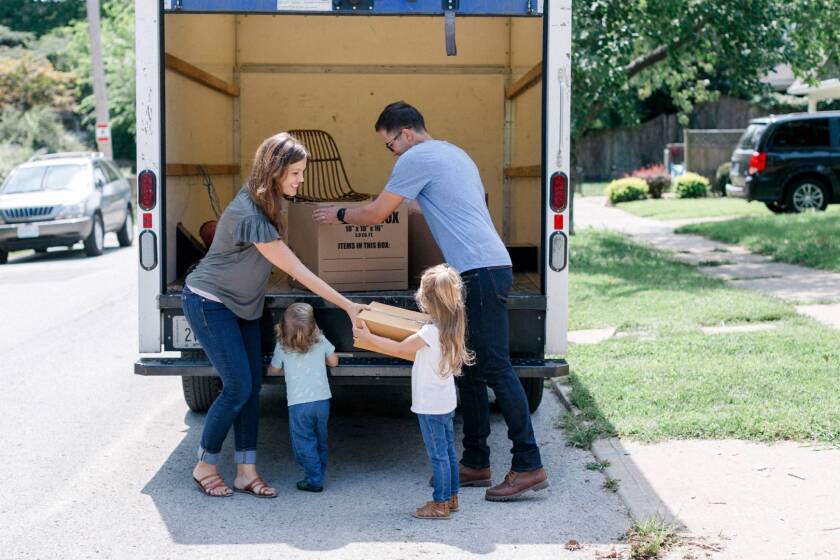





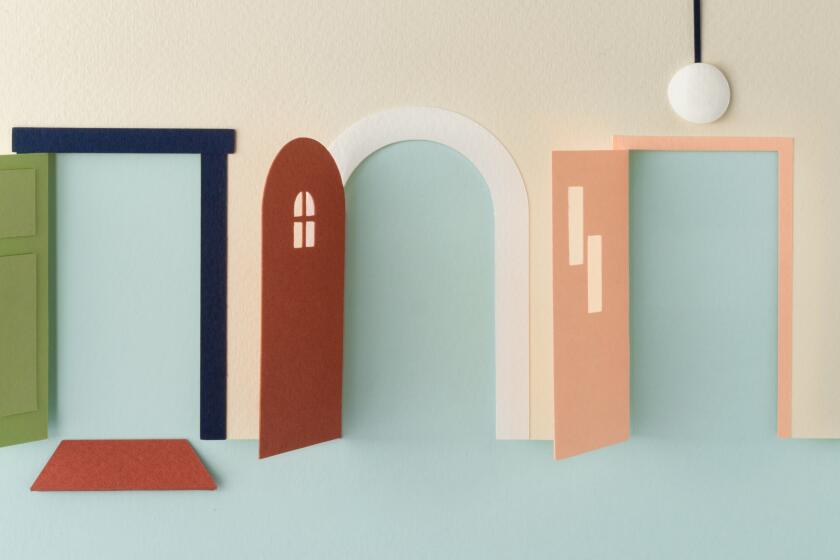
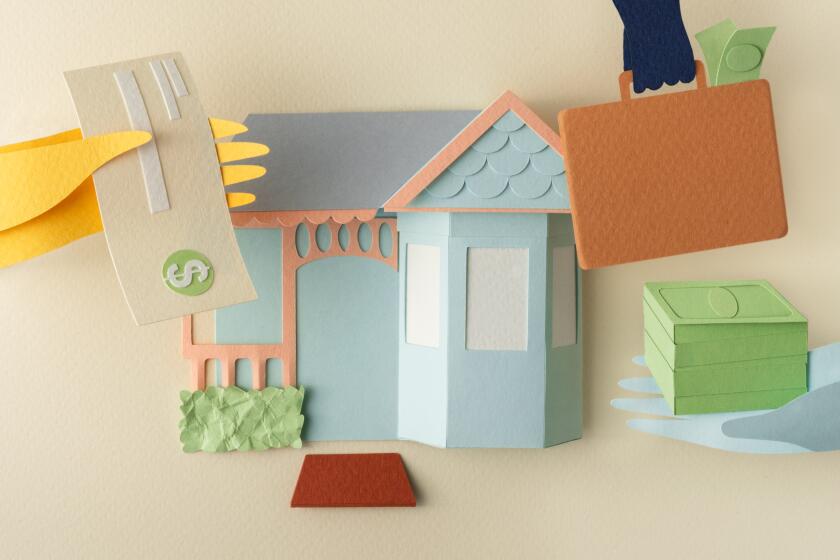









![Vista, California-Apri 2, 2025-Hours after undergoing dental surgery a 9-year-old girl was found unresponsive in her home, officials are investigating what caused her death. On March 18, Silvanna Moreno was placed under anesthesia for a dental surgery at Dreamtime Dentistry, a dental facility that "strive[s] to be the premier office for sedation dentistry in Vitsa, CA. (Google Maps)](https://ca-times.brightspotcdn.com/dims4/default/07a58b2/2147483647/strip/true/crop/2016x1344+29+0/resize/840x560!/quality/75/?url=https%3A%2F%2Fcalifornia-times-brightspot.s3.amazonaws.com%2F78%2Ffd%2F9bbf9b62489fa209f9c67df2e472%2Fla-me-dreamtime-dentist-01.jpg)





